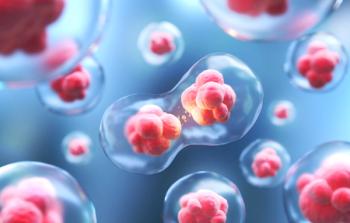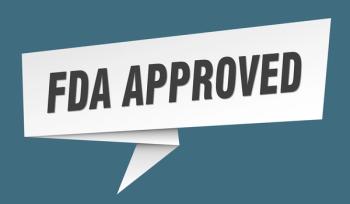
Monotherapy May Be Preferred Over Combination Therapy for Specific Patients With PAH
Despite current guidelines recommending combination therapy, there are certain patients with pulmonary arterial hypertension (PAH) who remain on monotherapy for specific reasons.
While
Despite the recommendation for combination therapy, registry data continuously demonstrate that a fairly large number of PAH patients are on monotherapy.
“This is a potential matter of concern, because such data may indicate that a considerable number of patients appear not to be on optimized therapy in the routine care setting,” wrote the authors. “It is crucial to understand whether monotherapy is used appropriately in this context, as well as to identify potential shortcomings in the ‘real-world’ setting of PAH therapy.”
They conducted a retrospective study of 182 patient profiles of patients on monotherapy with PAH-targeted drugs who were managed at experienced pulmonary hypertension (PH) centers across Germany. Participants in the study represented 29.5% of treated patients with PAH in the participating centers.
The mean age of patients was 69.1 ± 13.1 years at the most recent follow up and 64.5 ± 14.9 years at the time of diagnosis. The majority of patients (64.3%) were female. Mean time on monotherapy was 60.7 ± 53.8 months.
Of the patients studied, 66.5% had idiopathic PAH, 17% had PAH associated with connective tissue disease, and 8.2% had portopulmonary PH.
The majority of patients presented comorbidities associated with age, including systemic hypertension (59.9%), diabetes (22%), coronary artery disease (34.1%), dyslipidemia (12.6%), and obesity (29.1%).
Substantial differences were found in comorbidities in younger vs older patients. For instance, 74.7% of patients > 68 years had hypertension compared with 59.9% of patients ≤ 68 years. The second most common comorbidity for older patients was coronary heart disease (CHD; 52.9%), but the second most common for younger patients was body mass index greater than 30 kg/m2 (27.4%). Also, a higher proportion of younger patients had chronic obstructive pulmonary disease (15.8% vs 11.5%).
There were 5 main clusters among patients being treated with monotherapy:
- Patients with failed escalation attempts mostly because of intolerability (26.9%)
- Patients with low risk on monotherapy, favorable response, and no reason for escalation (24.2%)
- Patients with mild PAH (36.3%)
- Elderly patients with PAH and multiple comorbidities (38.5%)
- Patients with associated forms of PAH, such as HIV-associated PAH, portal hypertension, or CHD, which have a lower level of evidence for the use of combination therapies (16.5%)
Phosphodiesterase type 5 was the most frequent used monotherapy for PAH (75.5%).
For the most part, the patients studied presented with at least one of the criteria for the situations in which the 6th World Symposium on Pulmonary Hypertension suggests that monotherapy may be adequate.
Authors of the study note that PAH-targeted drugs that patients received as monotherapy were tolerated and did not cause any significant side effects. However, respective adverse events were documented for patients whose escalation attempts were terminated because of side effects or intolerability.
Generally, the study found that while there was no unique picture of patients on monotherapy, there were specific reasons for keeping patients on monotherapy in the vast majority of cases.
“Nevertheless, as comprehensive treatment strategies have shown improved long-term outcomes even in mildly symptomatic patients, each case of monotherapy should be justified,” concluded the authors.
Reference
Max W, Panagiota X, Nicola B, et al. Profiles and treatment patterns of patients with pulmonary arterial hypertension on monotherapy at experienced centers. Published online June 15, 2022. ESC Heart Failure. doi:10.1002/ehf2.13804
Newsletter
Stay ahead of policy, cost, and value—subscribe to AJMC for expert insights at the intersection of clinical care and health economics.














































